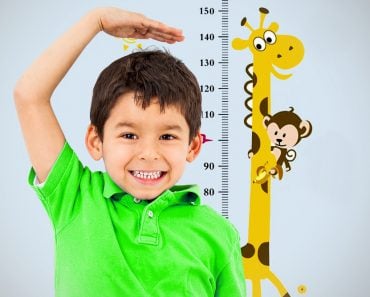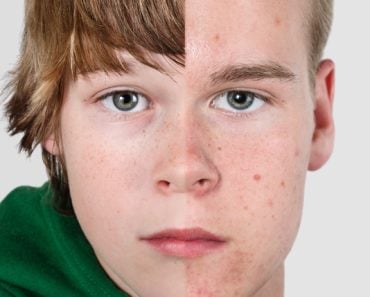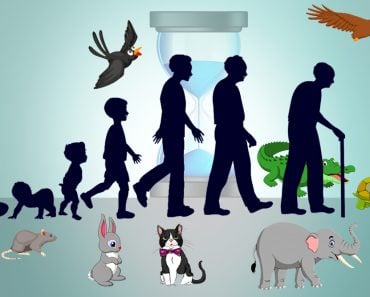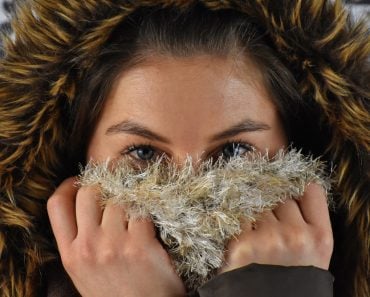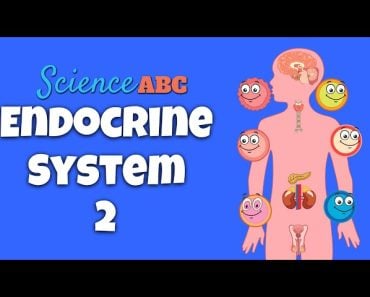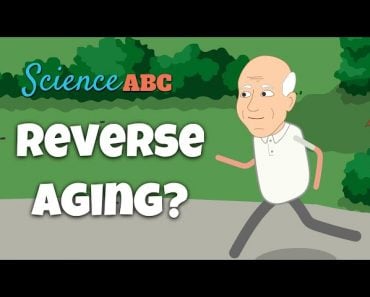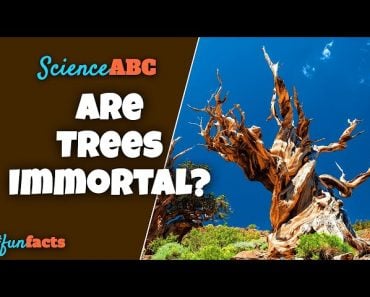Table of Contents (click to expand)
Humans shrink as we age. After 40 years of age, we can lose a whole centimeter or half an inch of our height due to weakening bones and muscles. For women, the loss can be even more extreme, especially after menopause.
Height matters, even if size may not.
For policy makers and public health officials, the height of a population is can indicate how healthy that population is. Height depends on genetics, but it also depends on nutritious food and a physically stimulating environment. Humans have grown taller in the last century thanks to more widespread access to nutritious food, sanitation and education.
Considering this, scientists are studying how height could also indicate how well you score on lab standardized cognitive tests that tests for very particular metrics (or as some people would prefer to incorrectly say, “How smart you are,”) .
As we age, however, we begin to shrink. Perhaps you can see a difference in your grandmother’s stature in the present day versus her stature in a picture taken in her youth.
This shrinking is natural, but in a world population that’s primed to have many more older people than younger ones, it is also seen as a public health concern.
The phenomenon is clearly worth understanding… so, why do we become shorter as we age?
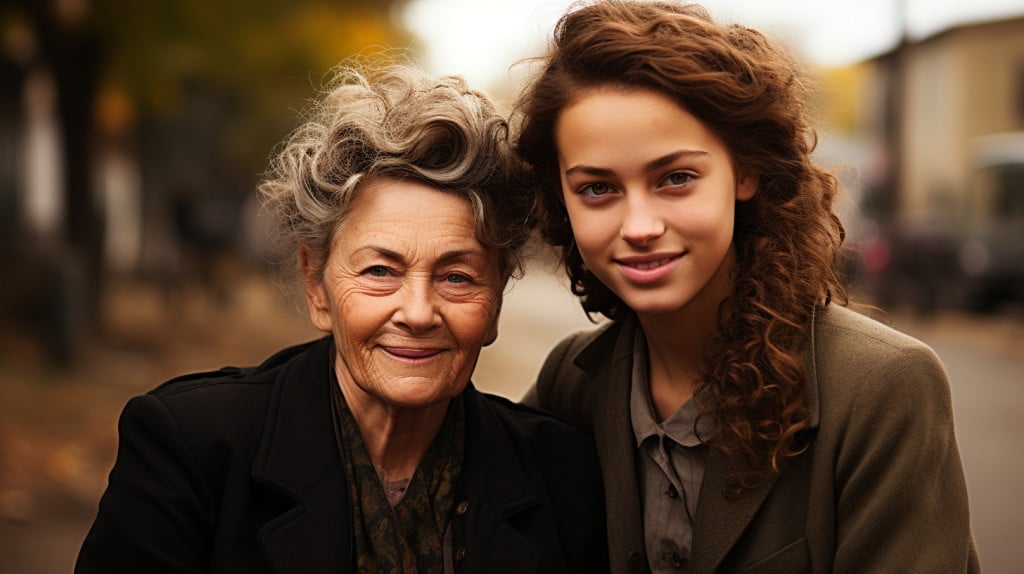
Recommended Video for you:
Aging Is Inevitable
Aging is inevitable, at least for now. So far, we can slow it down with pills, a “healthier” lifestyle, and maybe some friendly and helpful gut bacteria. We know what speeds aging as well. Smoking, inactivity leading to weak muscles, injury, repeated stress, and a host of diseases can hasten our lives along.
In many ways, you begin to age the moment you’re conceived, when a sperm fuses with an egg to create a single cell that will divide to form you. This is because aging, on a molecular level, is represented by changes in the DNA in a way that, over time, the cells cannot repair.
These changes in the DNA happen with every cell division. They are also driven by the environment, such as UV rays and smoke. Metabolic activities, the chemical processes that keep you alive, are also aging you. The oxygen that you breath to live eventually yields something called free radicals. These radicals are highly reactive, and will interfere with other molecules in your cells.
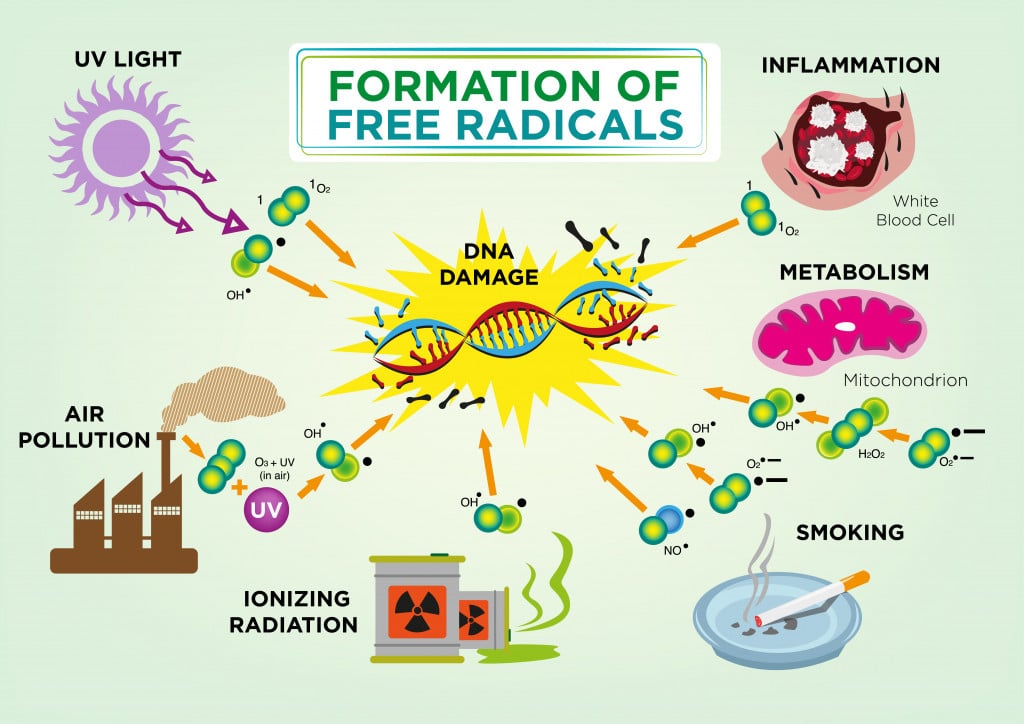
Until adolescence, the body retains an astonishing ability to repair itself. You are, after all, still growing. The body has plenty of stem cells (cells that have the capacity to divide infinitely), and all the other cells in our body are similarly youthful. Cells can only divide a certain number of times based on their DNA. We can determine the age of a cell by looking at how many cell divisions it has undergone.
After your growth spurt, awkward voice cracking era, and the embarrassing hair growth, you’re all done growing. Your brain is the last organ in your body that matures; the frontal cortex is still developing until the age of 25.
How Much Height Do You Lose?
That old man from your neighborhood didn’t just shrink a couple of centimeters (or inches, if you use the imperial system). Several surveys following adults between the ages of 40 and 70 found that, after the age of 40, a person can lose just over a centimeter or half an inch in a decade.
Women lose more of their height than men do. This, as we’ll see later, is due to the hormonal differences between male and female physiology.
The Hormones Responsible…
Simplistically, and on the molecular level, aging is decreasing in ability to renew and regenerate the tissues of the body. However, physiologically, the changes we’ve found so far that lead to decreasing height are quite specific.
These changes are controlled by hormones, the levels of which change as you age. Sex hormones, those hormones produced by your gonads and responsible primarily, but not solely, for reproduction, decrease with age. This decrease is linked with a loss in height.
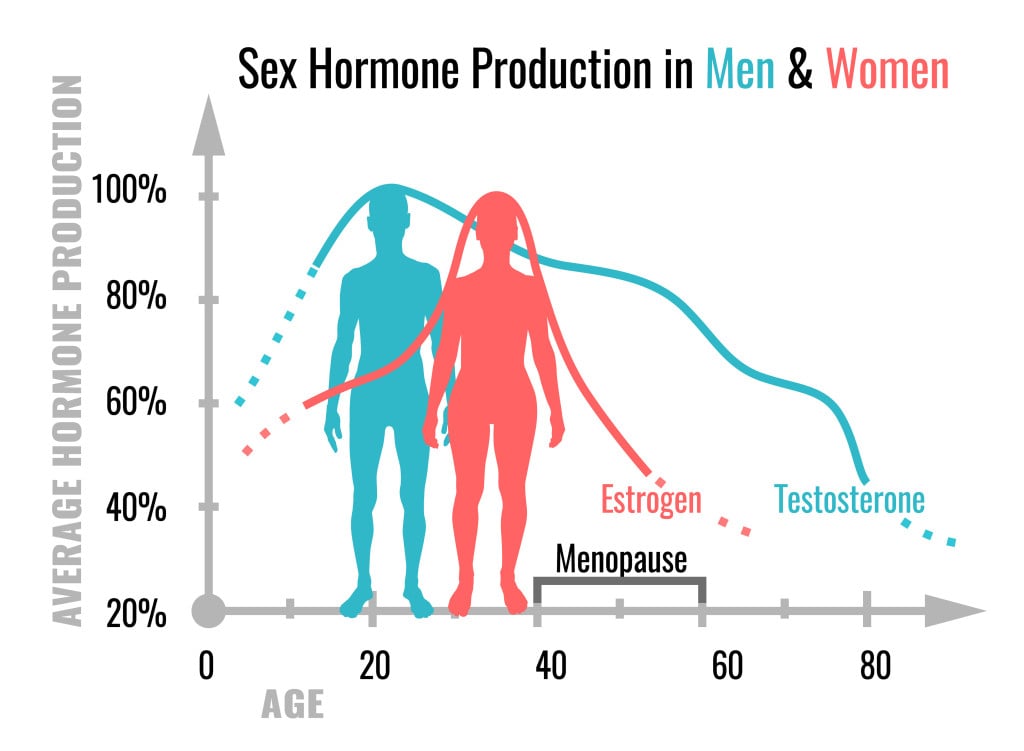
The sex hormones in question are androgens, which compose a host of different hormones, including testosterone in high amounts in males, and estrogen in females. The amount of both sex hormones running through your bloodstream decrease with age. In men, testosterone decreases with age, while in women, estrogen levels plummet during menopause.
Both of these hormones affect the bones, muscle and fat in the body.
In men, testosterone regulates bone mass, muscle mass and strength; both bone and muscle mass decrease as testosterone drops. Fats simultaneously increase with a decrease in testosterone.
In women, estrogen also affects bones and muscles, and in its absence or severe depletion, can lead to bone mass loss. Estrogen, according to this literature review, “mitigates post-injury disruption and inflammatory responses and may play a protective role against oxidative stress and muscle damage (by its antioxidant and membrane-stabilizing properties), repair, and inflammation. Estradiol also affects satellite cell activation and proliferation, thereby enhancing the growth and recovery potential of cells.”
This loss of bone mass, and weaker muscles to maintain bone homeostasis, can readily shave off that half an inch from our height.
Conclusion
Some height loss might be inevitable, but you can decide to what extent it happens. Training your muscles and bones to be stronger, by regularly using them and pushing through exercise, will inevitably make them stronger. Studies have found that women and men who were physically active in their youth (after the age of 18) lost less of their height than peers who didn’t.
For women, hormone replacement therapy is an option after menopause to retain bone mass. There are studies that suggest the HTR of estrogen and some androgens might be beneficial to certain women’s post-menopause bone health. This is, obviously, something that doctors and patients will have to work on together to implement.
References (click to expand)
- Horstman, A. M., Dillon, E. L., Urban, R. J., & Sheffield-Moore, M. (2012, March 26). The Role of Androgens and Estrogens on Healthy Aging and Longevity. The Journals of Gerontology Series A: Biological Sciences and Medical Sciences. Oxford University Press (OUP).
- Case, A., & Paxson, C. (2008, April 1). Height, Health, and Cognitive Function at Older Ages. American Economic Review. American Economic Association.
- Galloway, A. (1988, January 1). Estimating Actual Height in the Older Individual. Journal of Forensic Sciences. ASTM International.
- Huang, W., Lei, X., Ridder, G., Strauss, J., & Zhao, Y. (2013, January 1). Health, Height, Height Shrinkage, and SES at Older Ages: Evidence from China. American Economic Journal: Applied Economics. American Economic Association.
- Jain, U., & Ma, M. (2020, May). Height shrinkage, health and mortality among older adults: Evidence from Indonesia. Economics & Human Biology. Elsevier BV.
- Mai, X., Marshall, B., Hovey, K. M., Sperrazza, J., & Wactawski-Wende, J. (2018, August). Risk factors for 5-year prospective height loss among postmenopausal women. Menopause. Ovid Technologies (Wolters Kluwer Health).


